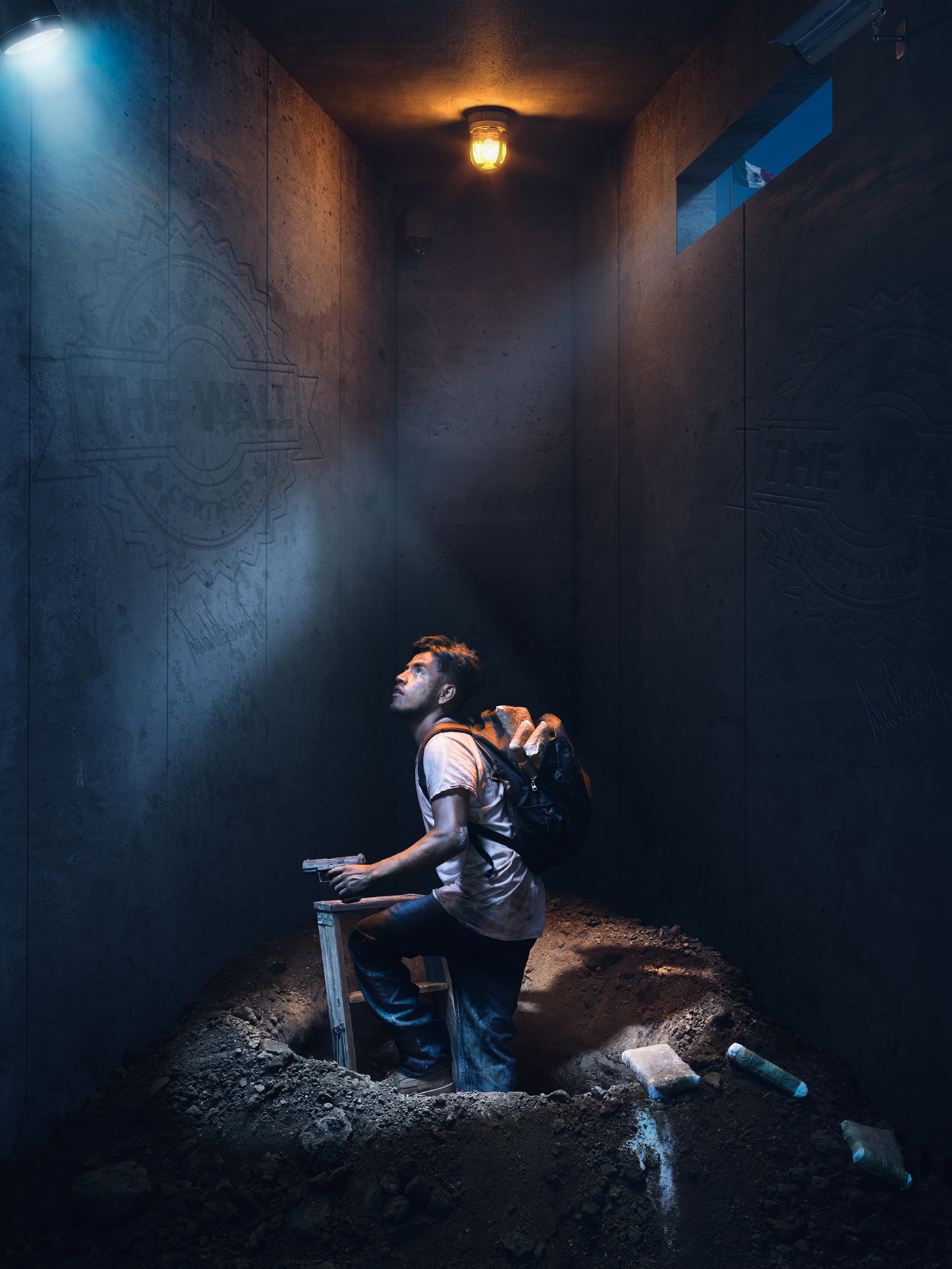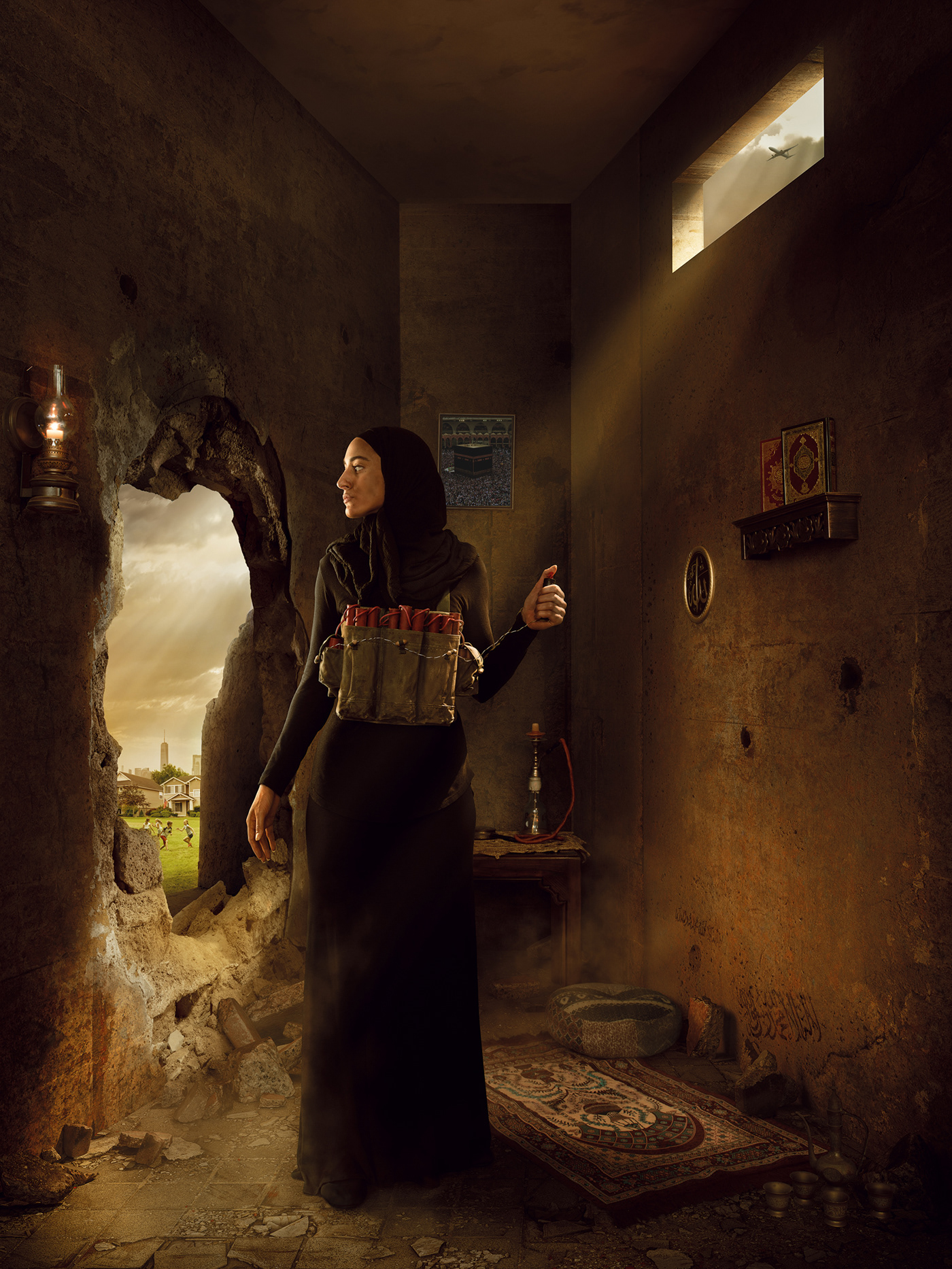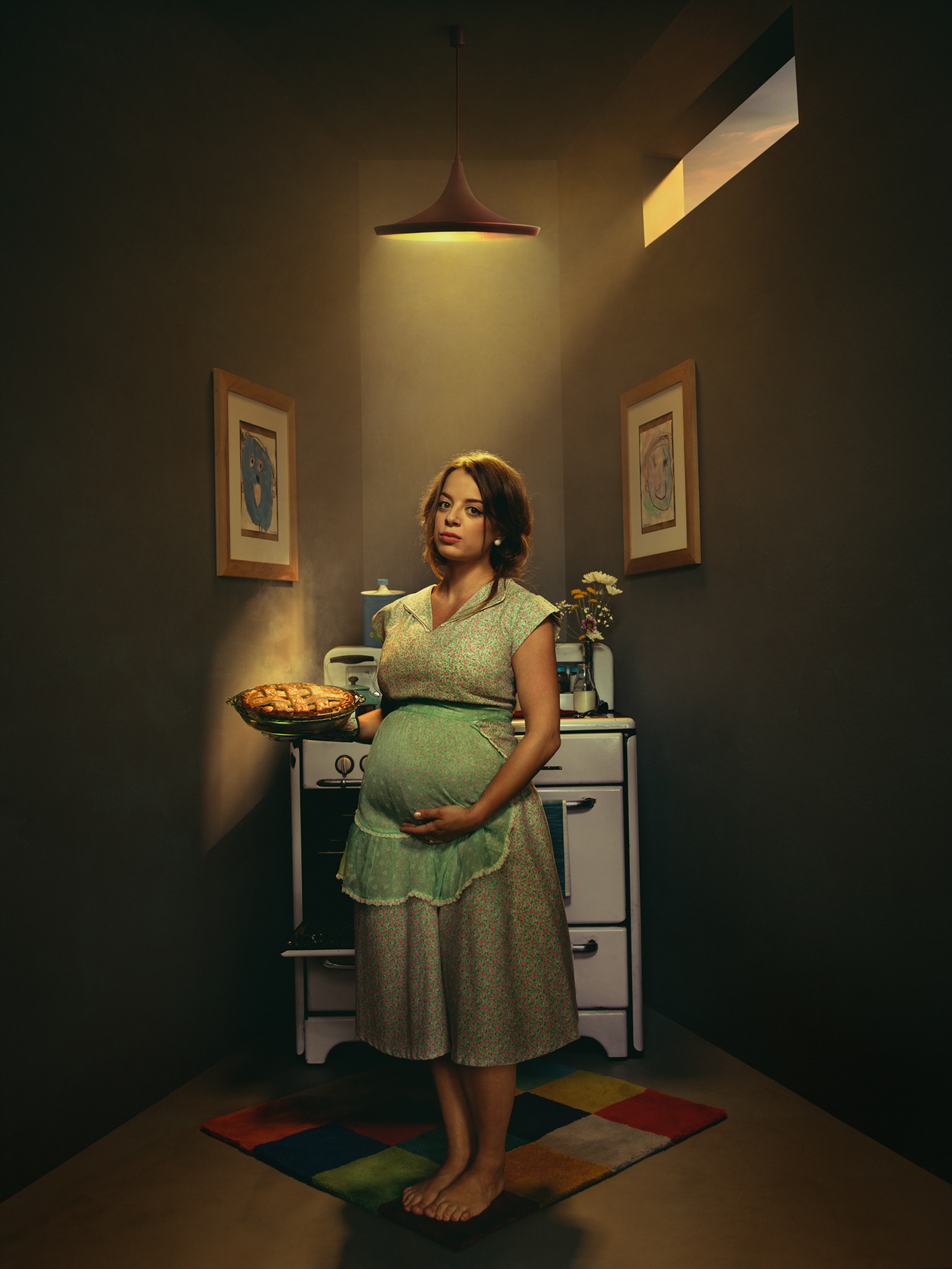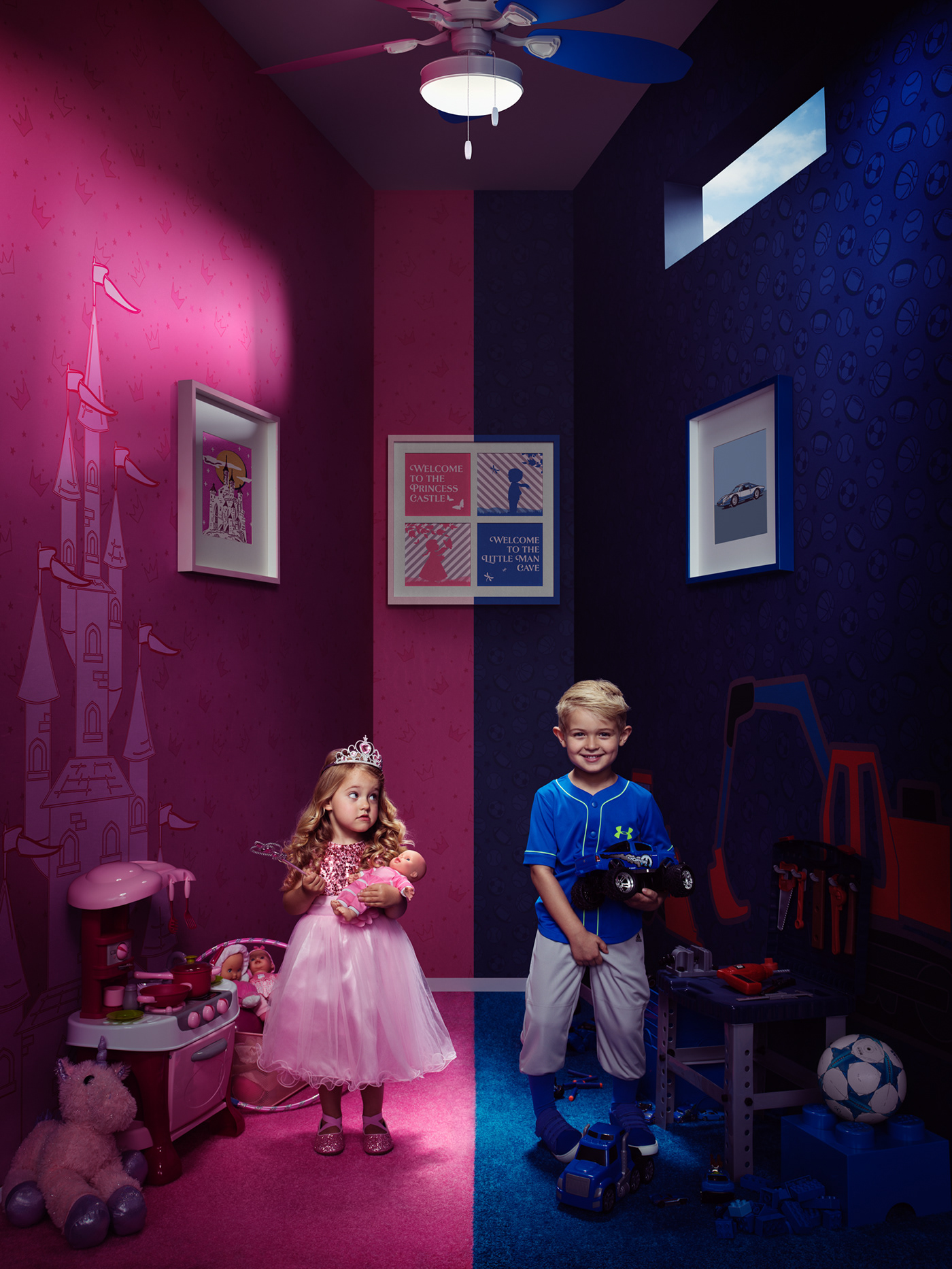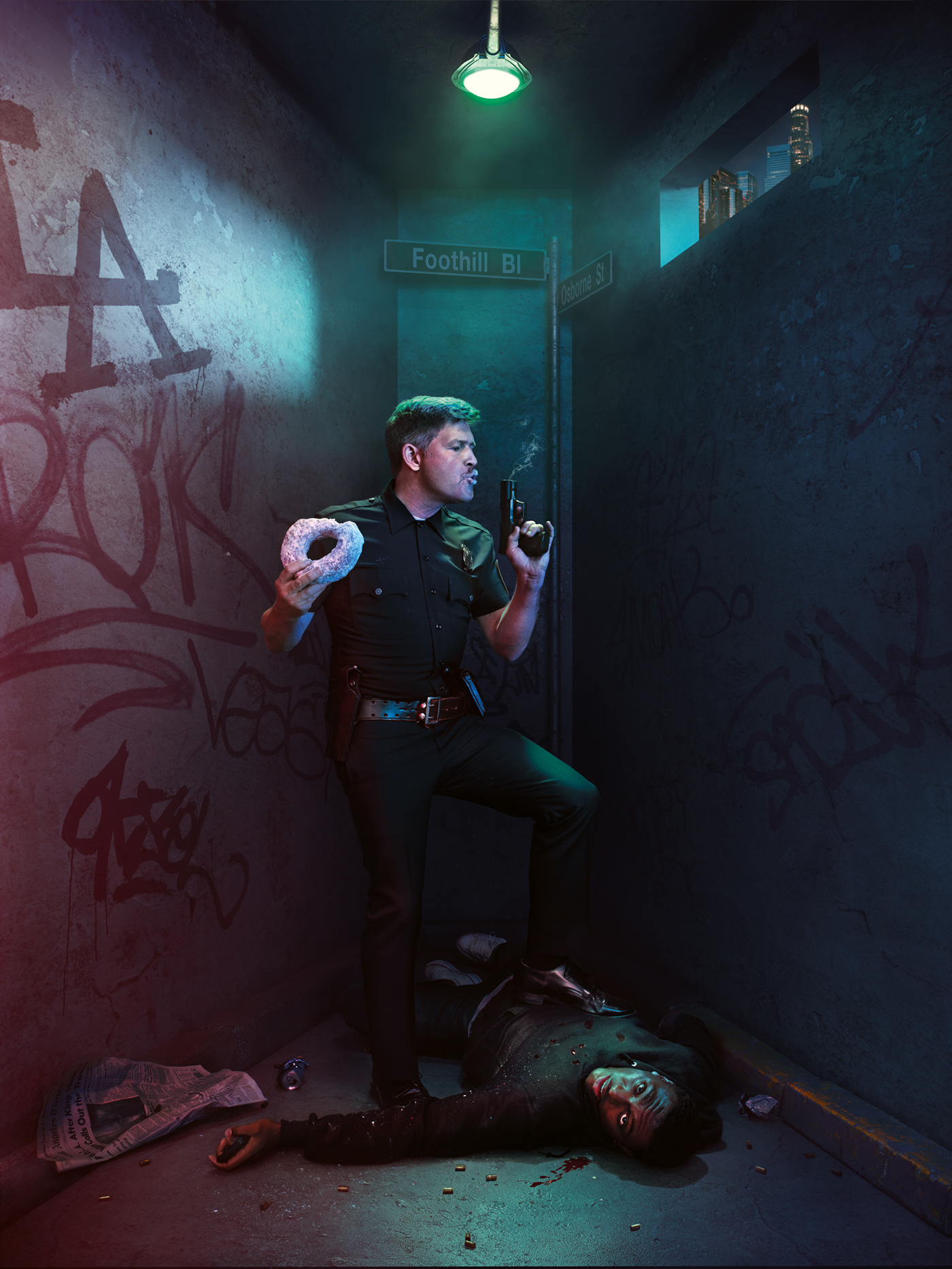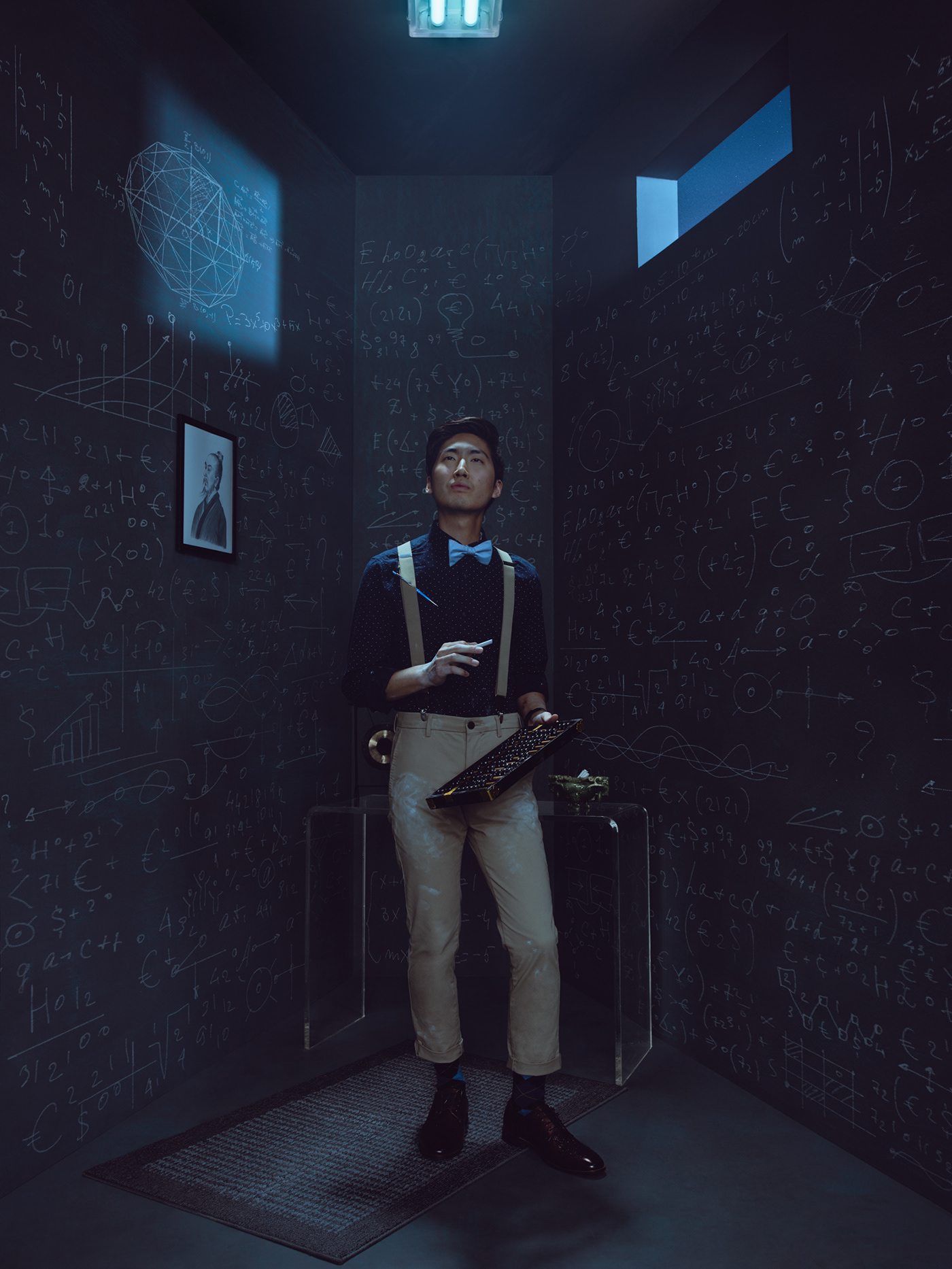The Goya Awards (los Premios Goya) are Spain's main national annual film awards.
Spain's 2020 Goya Awards: See the Songs & Scores Nominated
Songs performed by Swedish pop star Zara Larsson and otherworldly flamenco, fado and jazz singer Sílvia Pérez Cruz, and the score for Pedro Almodóvar’s Dolor y Gloria (Pain and Glory) are among the music categories’ nominees for Spain’s 2020 Goya Awards, set to take place on Jan. 25 in Málaga.
Pain and Glory is the leading contender overall for the Spanish film awards – often referred to as Spain’s Oscars – with 16 nominations, including best picture and best director.
Here are the nominees in the best original music and best original song categories:
Best Original Song
“Intemperie,” Javier Ruibal
Andalusian guitarist and singer Javier Ruibal, known for his personal flamenco fusion, wrote the title song for Intemperie (Out in the Open), directed by Benito Zembrano, which is nominated for best picture. Sílvia Pérez Cruz sings on the spare, tension-building track.
“Invisible,” Caroline Pernell, Jussifer and Justin Tranter
Swedish pop star Zara Larsson sings “Invisible,” from the Netflix animated feature Klaus, directed by Sergio Pablos. Composers Caroline Pernell, Jussifer and Justin Tranter are nominated for the song.
“Allí en la Arena”, Tony M. Mir
Tony M. Mir composed “Allí en la Arena” in the Spanish copla style, with marching fanfare and castanet clicking. The song is featured in the coming-of-age movie La Inocencia (Innocence), directed by Lucía Alemany.
“Nana de las Dos Lunas,” Sergio de la Puente
Pianist Sergio de la Puente’s “Nana de los Dos Lunas” is a lullaby with a mournful edge, featured in the movie La Noche de las Dos Lunas (The Night of the Two Moons), directed by Miguel Ferrari.
Best Original Music
Arturo Cardelús, Buñuel en el Laberinto de las Tortugas (Buñuel in the Labyrinth of the Turtles)
The soundtrack to the animated film Buñuel en el Laberinto de las Tortugas, about the legendary director Luis Buñuel, features a 23-musician chamber orchestra and a full choir from London’s Royal Academy of Music, directed by the music’s composer, Arturo Cardelús.
Alberto Iglesias, Dolor y Gloria (Pain and Glory)
Multiple Oscar-nominee (The Constant Gardener, The Kite Runner, Tinker Tailor Soldier Spy) and habitual Almodóvar collaborator Alberto Iglesias wrote the score for the 2020 Goyas’ most-nominated film.
Pascal Gaigne, La Trinchera Infinita (The Endless Trench)
Pascal Gaigne, who won a 2018 Goya for the movie Handia, worked again with the directors of that movie, Jon Garaño and Aitor Arregi (plus the third of a directing trio, Jose Mari Goenaga) to compose the music for their 2020 Goya-nominated film La Trinchera Infinita.
Alejandro Amenábar, Mientras Dure la Guerra, (“While at War”)
Alejandro Amenábar, the director of Spanish Civil War drama Mientras Dure la Guerra, composed the film’s nominated score.
Photography by
FRANK RAMOS
UNITED PHOTO PRESS / 30 YEARS
Photography by
FRANK RAMOS
UNITED PHOTO PRESS / 30 YEARS

